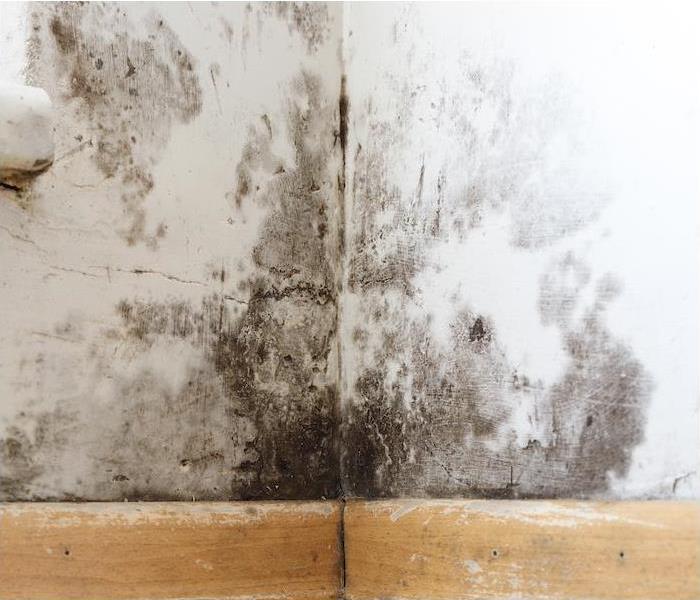Causes of Water Damage in Commercial Buildings
4/3/2023 (Permalink)
Water is a common way that commercial buildings are damaged. Something as small and simple as a leaky toilet can have devastating effects.
If you own or operate a commercial building, it might feel like catching every drip or leak could be an impossible task. Take the time to get to know the most leak-prone areas of your building so you can stop a disaster before it starts.
No business interruption is a good one. If you have to close your door because of water damage, you could be losing thousands of dollars not just in necessary repairs, but also from lost income as the restoration takes place.
Get used to checking these spots in your buildings on a regular basis so that you can stop damages before they start:
1. The roof. When your roof leaks, it can cause damages on every level of your home. Leaks may occur suddenly after a severe weather event or could be the result of wear and tear. Clean your gutters regularly and inspect your roof on a quarterly basis. Make sure to check it after major wind or ice events as well.
2. Bathrooms. Bathrooms account for close to 15% of all water loss issues in commercial buildings. It only takes a hole the size of a pinhead to create a leak in your toilet or sinks, so be sure checking every bathroom in your building is a regular part of the maintenance routine.
3. Water heaters/HVAC/boilers. Any appliances you have in your building that have a water line or produce condensation have the potential to leak when drains are clogged or connections come loose. Keep an eye out for puddles near your heating and cooling units, and take note of water pressure changes in the building. These are both indicators of an issue you might be able to correct before damages set in.
We can’t always stop natural disasters that force water inside, but we can prevent other kinds of water damage by responding quickly when a situation arises. Prepare yourself, your building and your staff ahead of time so that you can cut your overall losses.
A great place to start in your preparation is creating a maintenance plan for your building if you do not already have one. This can ensure that all your bases are covered and every pipe is inspected regularly.
If you are struggling to put yours together or just feel like what you have isn’t enough, work with SERVPRO to create an Emergency Ready Plan that will break down your entire process so that you know what to do every step of the way.
Don’t forget about other fixtures in your building including any kitchen areas when you are checking your building, and locate your water shut-off valves throughout your building. Assign staff members that regularly access your building the task of handling water shut-off in the event of an emergency.
Moving quickly is the most crucial part of preventing extensive damages when a water event happens. Immediately respond to a situation as safely as you are able, and then call SERVPRO. We will start putting together a team and a plan to get your restoration handled quickly so you can get back to work.
Experienced water damage in your commercial building? Contact us to get dried out quickly.






 24/7 Emergency Service
24/7 Emergency Service
